Pressure transmitters convert physical pressure into accurate, actionable data for process monitoring and control. These instruments play a key role in maintaining flow rates, detecting anomalies, and protecting critical assets. Modern designs feature digital sensing, advanced diagnostics, and stable performance in a wide range of conditions.
Absolute pressure transmitters measure against a perfect vacuum, providing stable readings unaffected by barometric changes. Digital sensors enhance reliability and include self-diagnostics to support continuous process insight, particularly in sealed systems or altitude-sensitive applications.
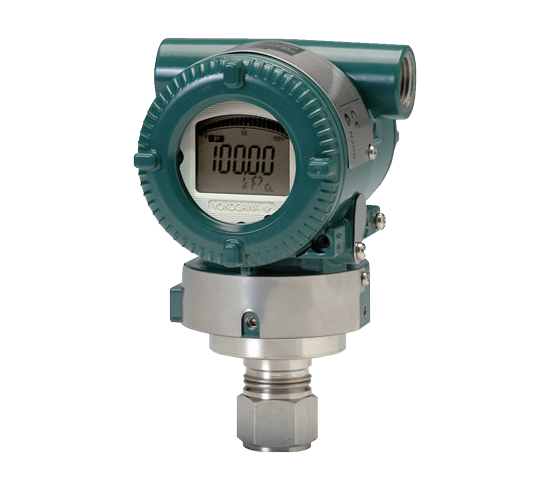
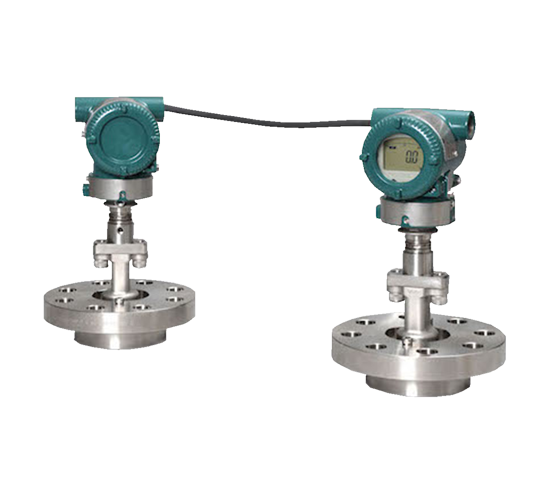
ΔP)Pressure transmitters measure the differential pressure between two points and are commonly used for monitoring level and flow. Advanced designs compensate for temperature effects and drift, delivering reliable results in high-temperature or variable-density environments. Their versatility makes them suitable for a wide range of industrial systems.
Draft pressure transmitters are optimized for low-pressure air and gas measurement, such as in ventilation and furnace systems. These units feature high sensitivity, rapid response, and long-term drift resistance, making them ideal for fine control in low-pressure applications.
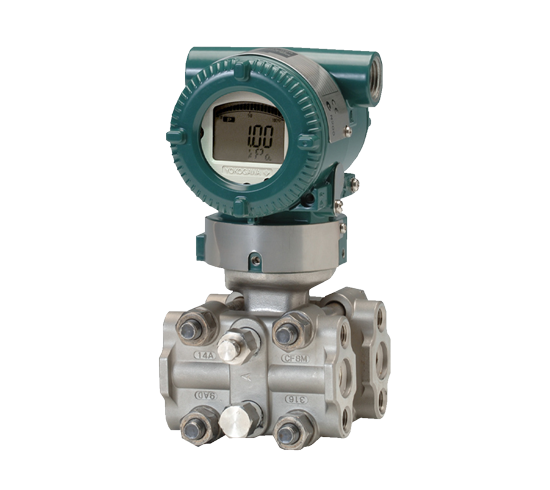
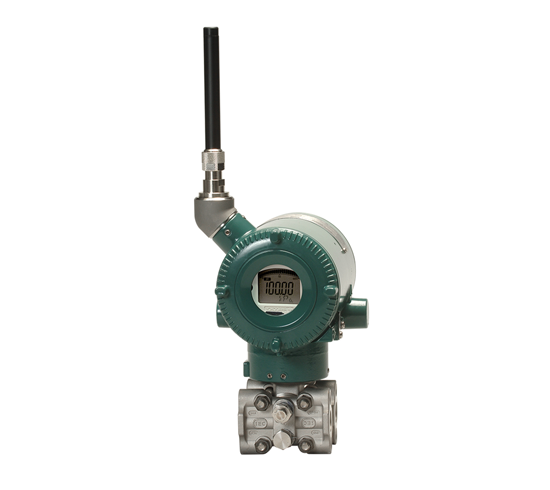
Gauge pressure transmitters measure pressure relative to atmospheric pressure. They are widely used in process industries for tank and line monitoring. Fast response, robust construction, and stable output under changing ambient conditions are key features of this type.
Multivariable transmitters combine differential pressure, static pressure, and temperature measurement in a single device. They provide real-time mass flow data without the need for separate transmitters, streamlining installation and reducing points of failure. These are particularly useful in gas and steam flow applications.
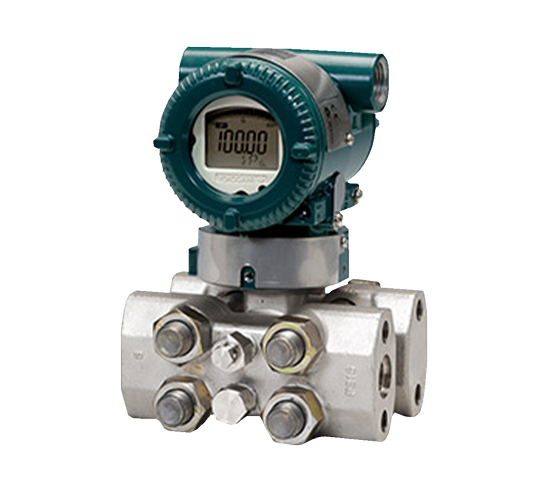
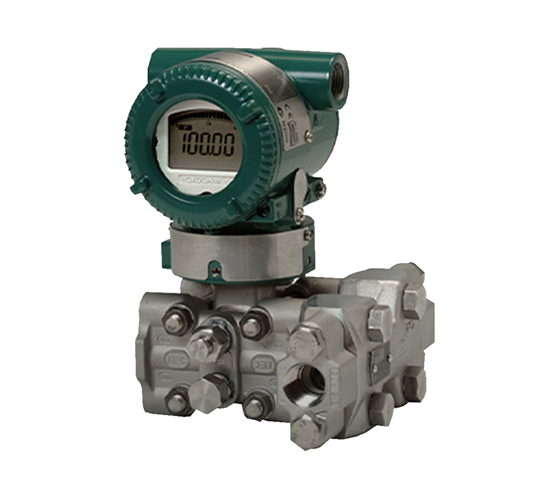
Low flow differential pressure transmitters are tailored for small lines, typically used in dosing, sampling, and filtration. With integrated orifice designs and compact form factors, they reduce leak paths and simplify installation. Their stability and accuracy make them suitable for tight control at low flow rates.




You bring the challenge — we’ll bring the valves, instruments, and expertise.
Let's talk!